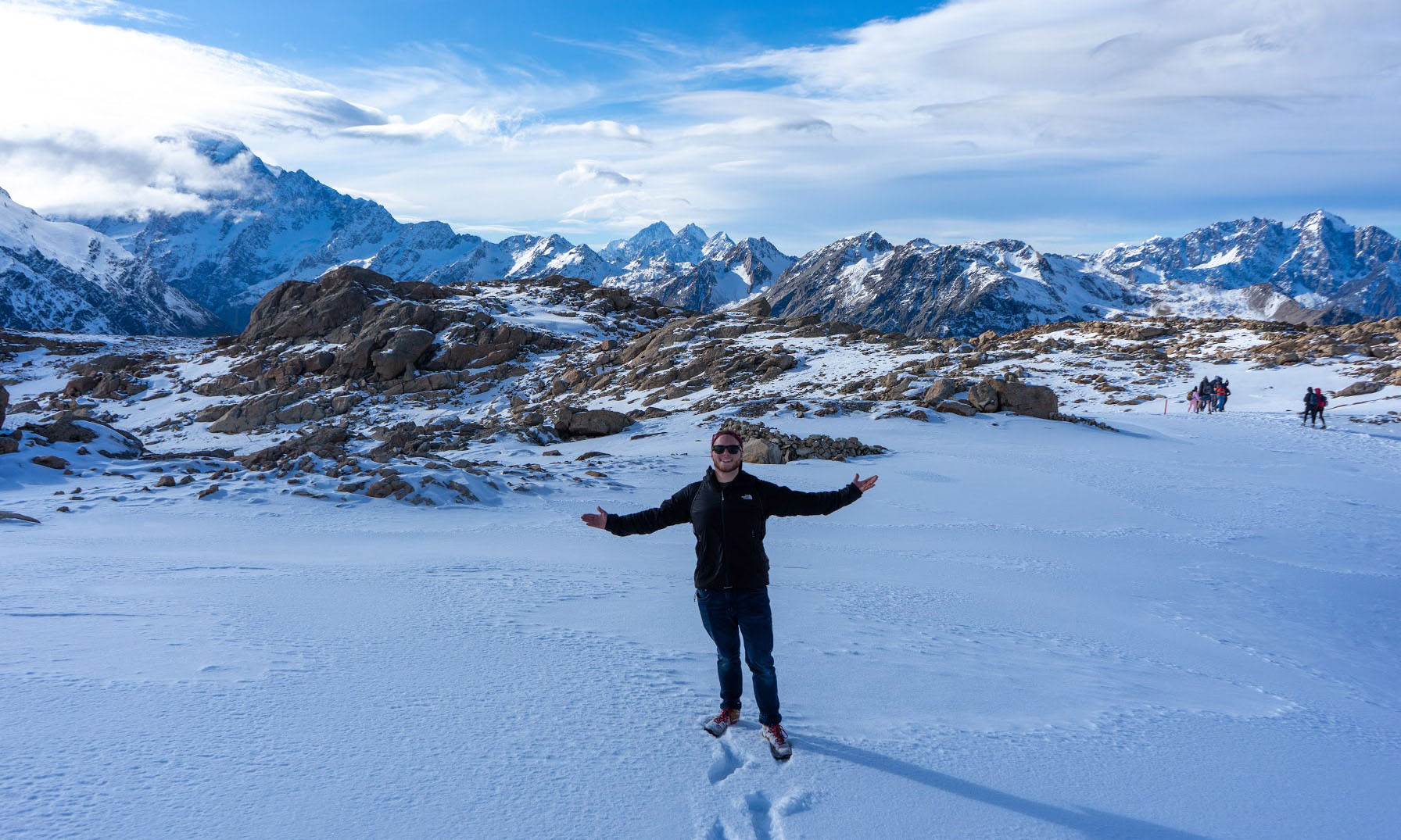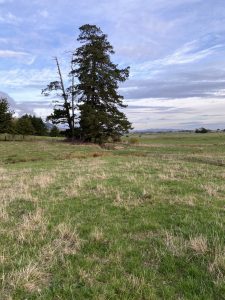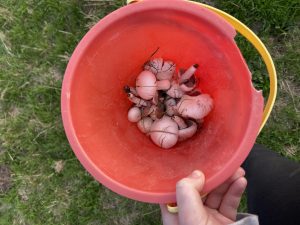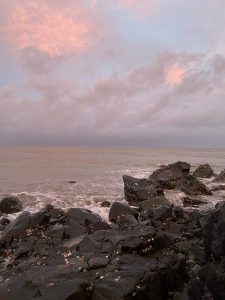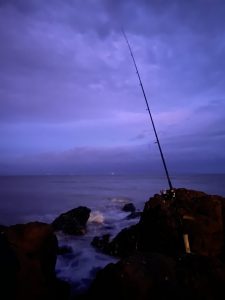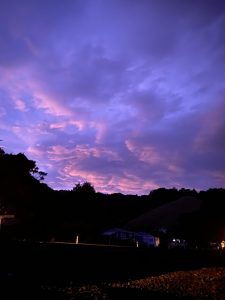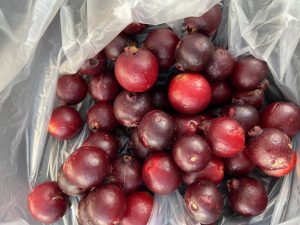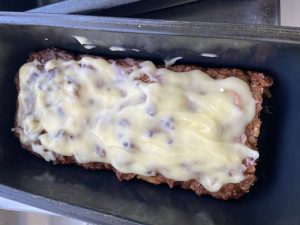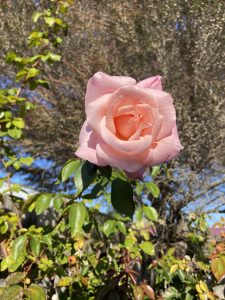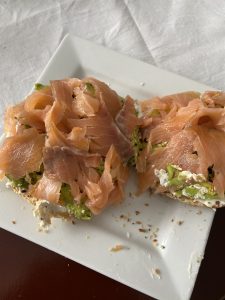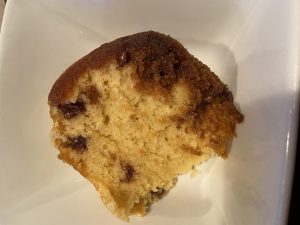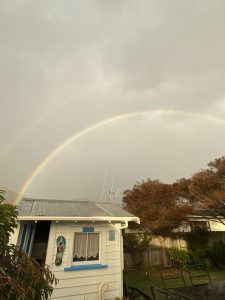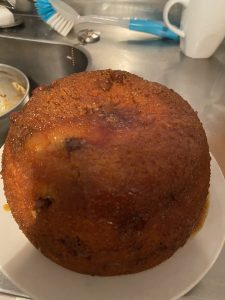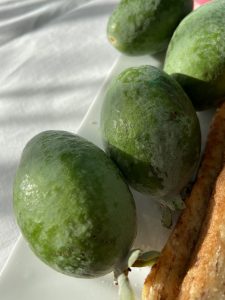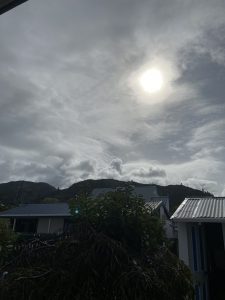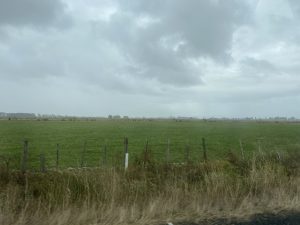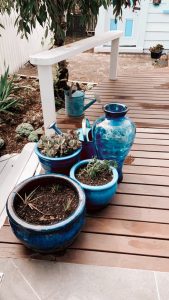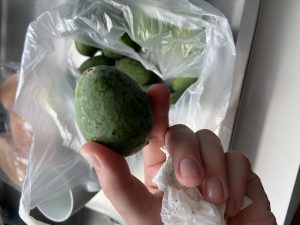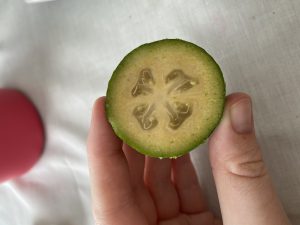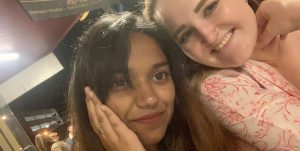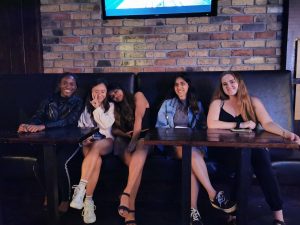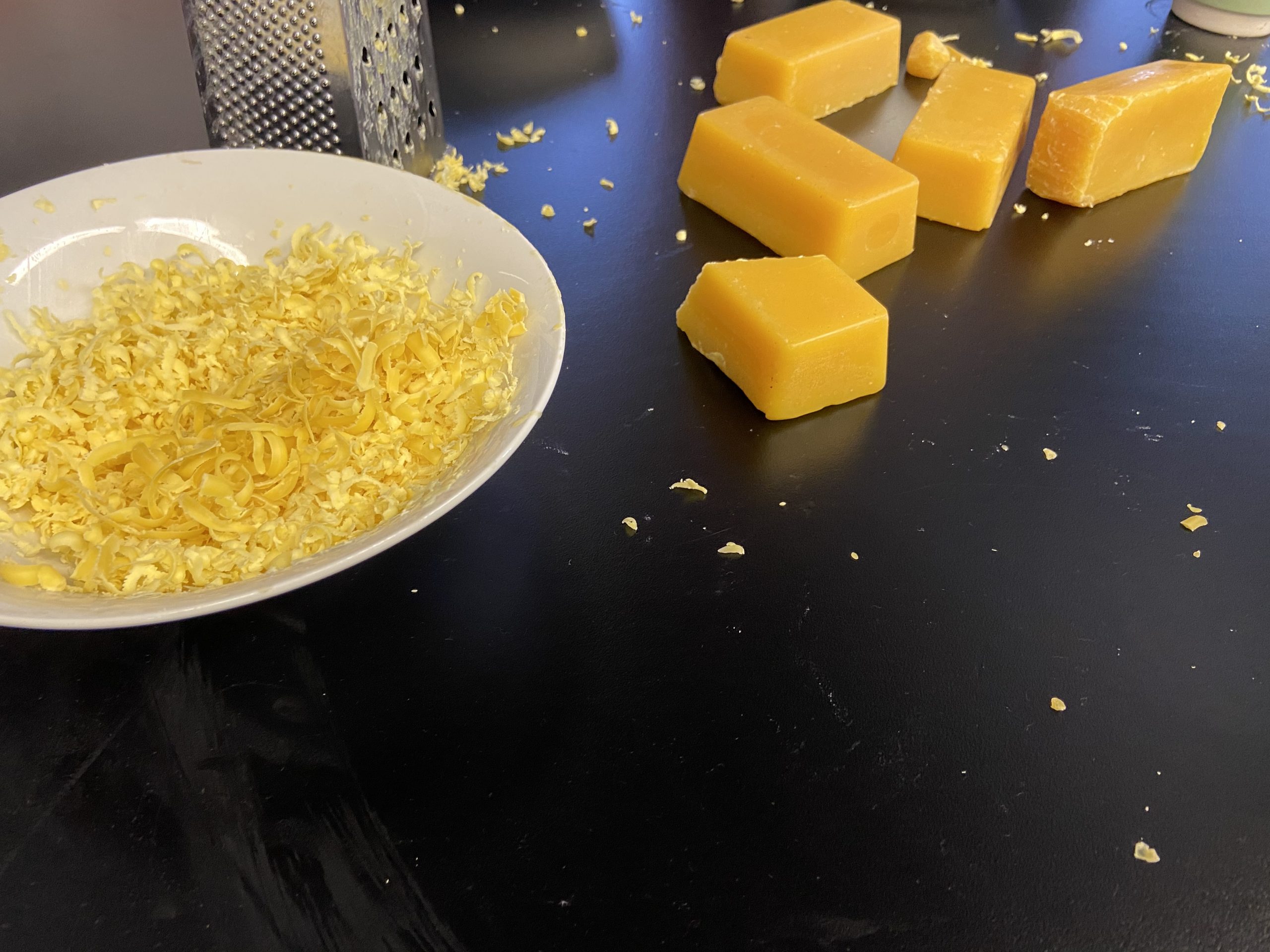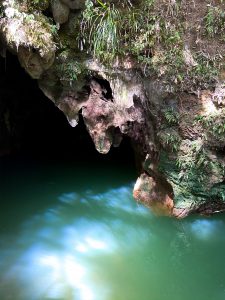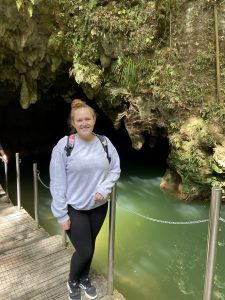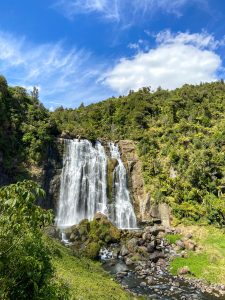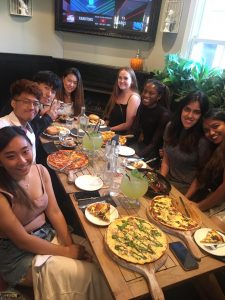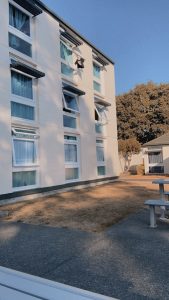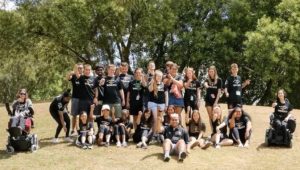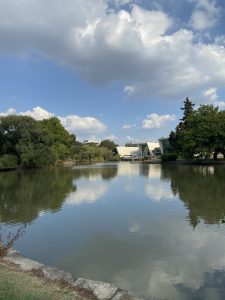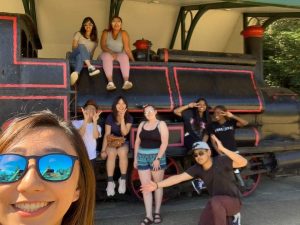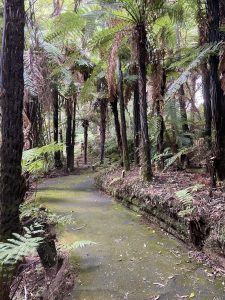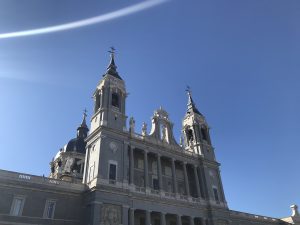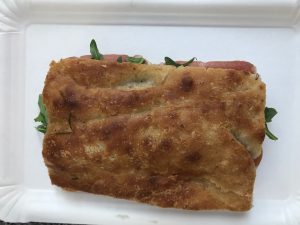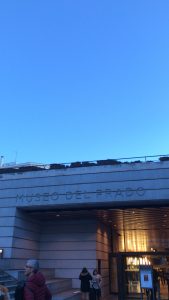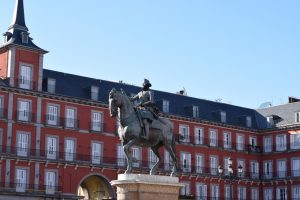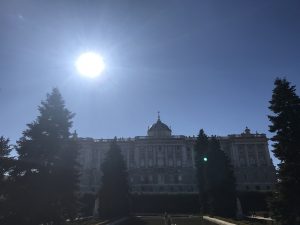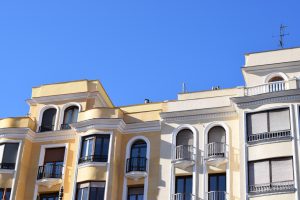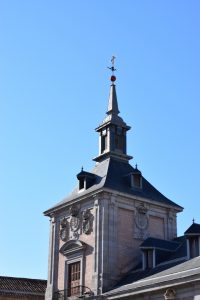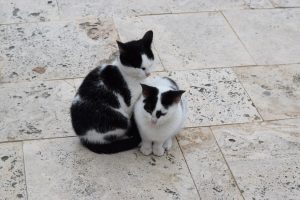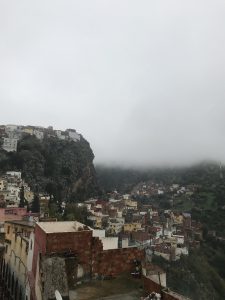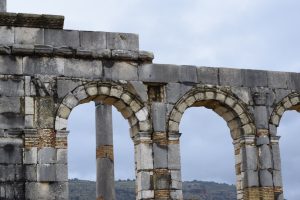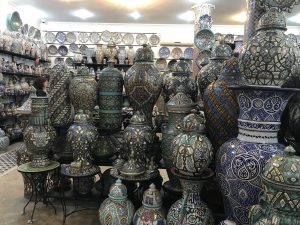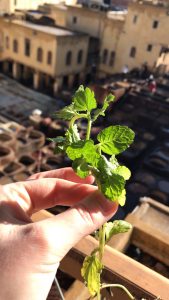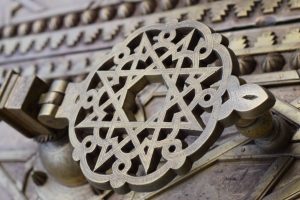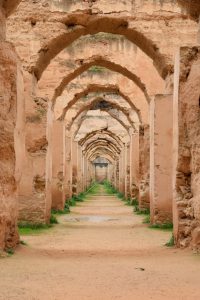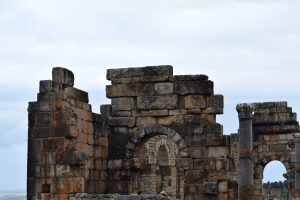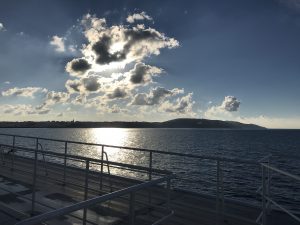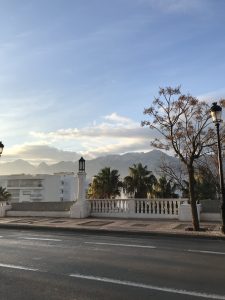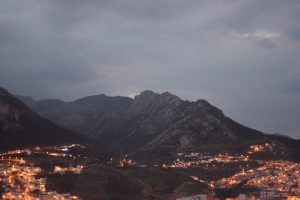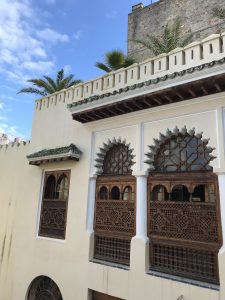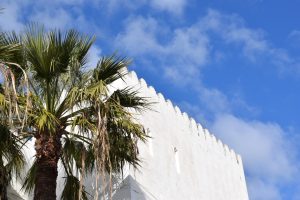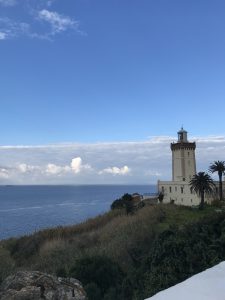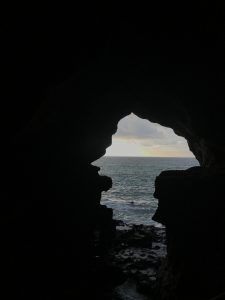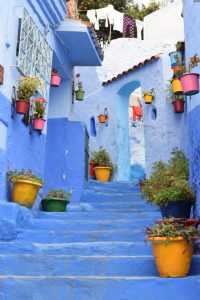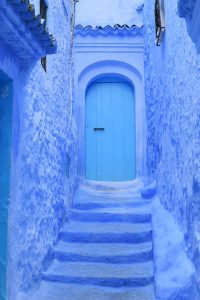Kia ora!
I am back on campus at the University of Waikato after two months away from campus, staying in Thames with people who have become so important to me. I had no idea that the lockdown, something so uncertain, frustrating, and overwhelming would end with me forming some of the most wonderful relationships with my New Zealand whanau (family in Te Reo Māori–the Māori language). I am so lucky that I had such a wonderful place to stay and was able to build such special connections. In the last few weeks that I spent with them, we went on a drive around the Coromandel Peninsula, went fishing for snapper, and played lots of games!
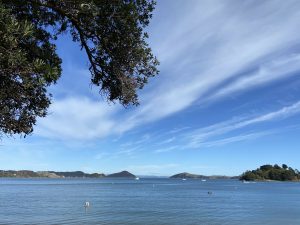
The drive around the Coromandel Peninsula was absolutely beautiful! Exploring the area had been something that I wanted to do before I even arrived in Thames, and had actually been my original plans for the Easter weekend–before the lockdown. During the lockdown, we couldn’t go out for a drive, so we waited until we finally got to Level 2 to explore. It was a perfect day with great weather. We ate a tasty fish and chips meal and got to stop for all the beautiful views.
The Coromandel Peninsula is a popular vacation spot for Aucklanders, especially during the Christmas holiday, which is summer here. During that time, the roads are packed, but when we went, it was busier than it had been in a long time due to the lockdown, but was still relatively quiet. I am so happy that I got to have this adventure, even with all of the disruption that happened during this semester.
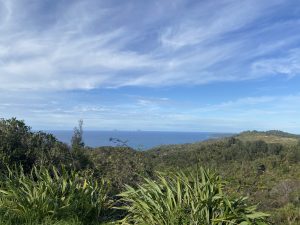
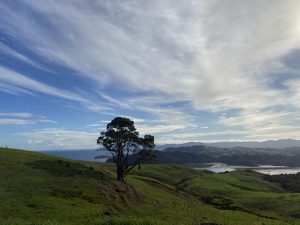
The day after we went on the drive around the peninsula, we got up early in the morning and went fishing for snapper. We left at 4:45 AM and drove out to the boat launch site with the brother of my wonderful host. He took us out on his boat into the Firth of Thames, which isn’t open ocean, so luckily I did not get seasick, which I was a little worried about, since I do get motion sick when riding in the car. We went out while it was still dark, so I had no idea which direction we were going. The ocean was kind of rough while we were driving out, so I got splashed and was already wet before we had even started catching any fish, despite wearing a waterproof jacket! I was a little worried I had made a bad choice to go along, because I was already cold and wet and we were still trying to find a good fishing spot!

It was then that we spotted a barge, which I expected to be like the cargo barges that I see on the Columbia River or taking goods across the ocean. Everyone was so excited to spot the barge and wanted to go fish next to it, which I did not understand, because the barges that I am used to would not make for a good fishing spot. As we got closer, though, I realized that this was not a cargo barge. This was a mussel barge, harvesting mussels from the farms that are all across the firth. They were pulling up long ropes covered in mussels, while machinery stripped the mussels, filled huge bags with them, and then dropped the ropes back into the sea. We dropped our fishing lines and within seconds, there were snappers on the hooks. The waste from the mussel barge attracts the snappers, making it the ideal fishing spot. We were the first boat out, so we had the best spot, right next to the barge. Within minutes, other boats started to show up, and there were about twenty five boats, all crowded together, trying to keep from hitting the barge and each other as the waves tossed us around and pulling up fish almost faster than we could manage. Fishing by the mussel barge lasted about twenty minutes before they finished the farm and sped off to go unload their harvest. In that time, we caught about twenty eight good sized fish. We moved into another area and reached our limit, thirty five fish, within the next fifteen minutes. I even caught a few and took them off the hook myself! In the US, I do not really fish much, I am usually the person who goes along but doesn’t fish, so this was a crazy experience for me. To fish for snapper in New Zealand, you do not have to have a fishing license, each person just cannot catch more than seven fish per day. I really enjoyed going fishing, and as soon as we started catching fish, I forgot that I was cold and wet, and by the end, the sun came out and I was warm. It was a really nice time!
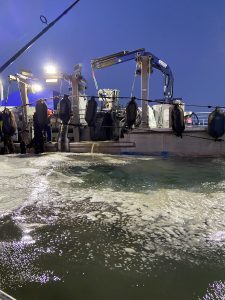

Later that day, we made raw fish, which is sort of like ceviche. We cut the fish up and soaked the pieces in lemon juice and salt to cure. You could see a visible change in the fish as the color changed to a more opaque white hue, much like when it is cooked! We mixed it with cucumber, tomatoes, red onion, and bell pepper, and then tossed it all in coconut cream. It was delicious! We also had Māori style fry bread, eaten with butter and golden syrup, which was so tasty. I went back for seconds and thirds of that meal!
We took the remaining fish fillets and the rest of the raw fish to family and friends around town, so at the end, we had a meal of fish and then none left. This is the normal way of doing things here, if you are fortunate enough to get a large amount of a food, you share with your friends and family to make sure that they have enough to eat too. Everyone shares with each other, which means no one hoards and no one goes without. I thought this was a great way to care for others and very selfless. I asked, and was told that this is just the way they do things here, why wouldn’t you want to share with those that you love?
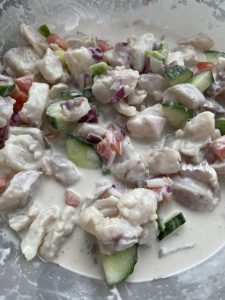
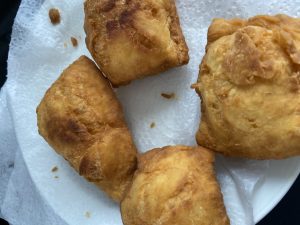
Now that I am back on campus, I am focusing on finishing up the semester! My final for my Māori culture class is next week and then in the next three weeks, I have an essay and a test for my Anthropology class, and a rewritten essay for my Food Writing class. I cannot believe that this semester is already coming to an end, I feel like I just got here and the semester was so different from what I thought it would be. I have been spending so much time with my friends on campus and we have been catching up after not seeing each other for such a long time. This weekend, we are planning a night out for my birthday, since restaurants are open with social distancing guidelines.

I am proud of myself for handling all of the disruptions and disappointment that happened this semester. A lot of positive things came from this time, like new relationships and personal growth. I wish that I could stay here longer because I could really settle in and get my plans back on track, but I am lucky to have had the time that I did! Here is to making the last month in New Zealand amazing!
Stay healthy and safe!
Emmaline
